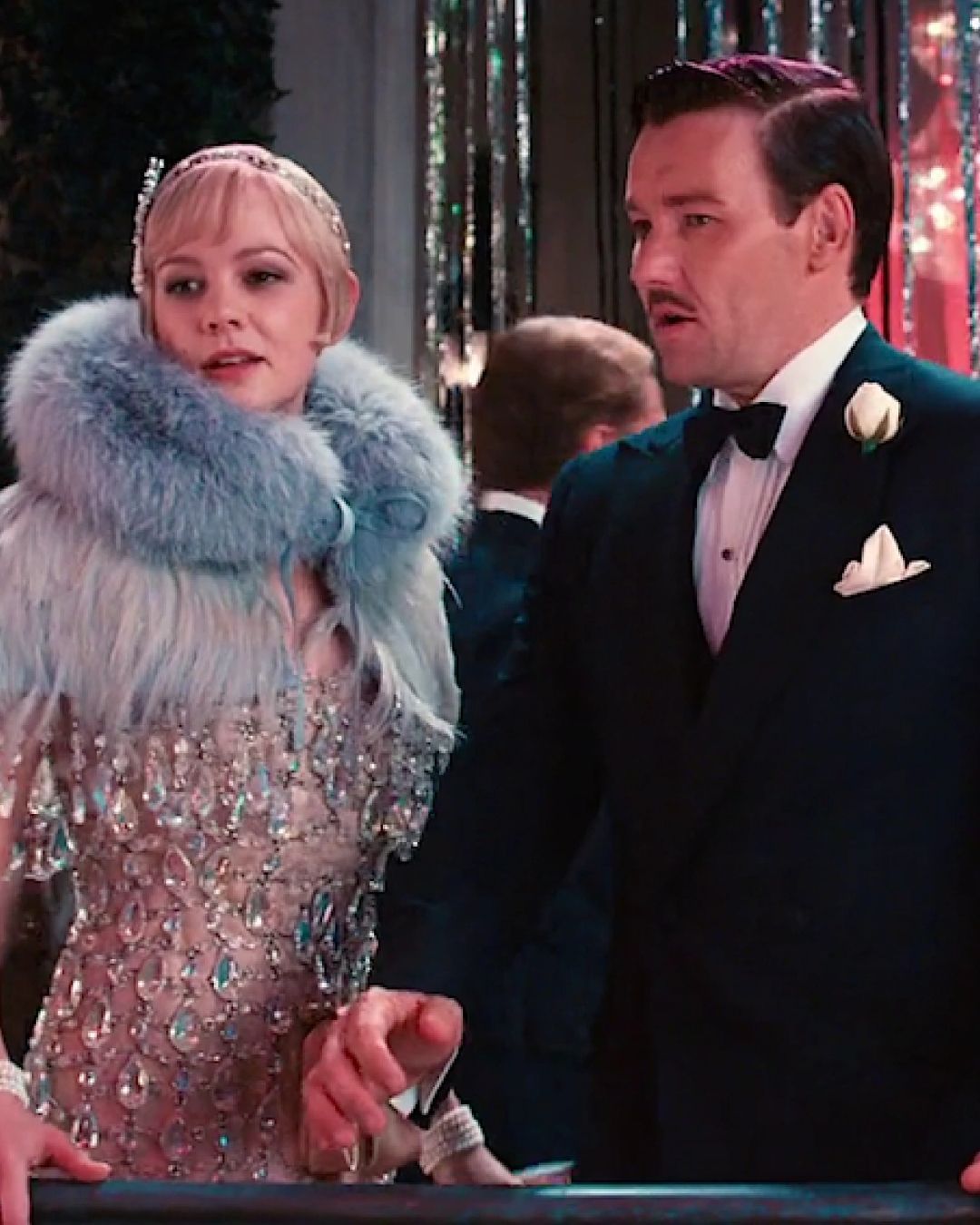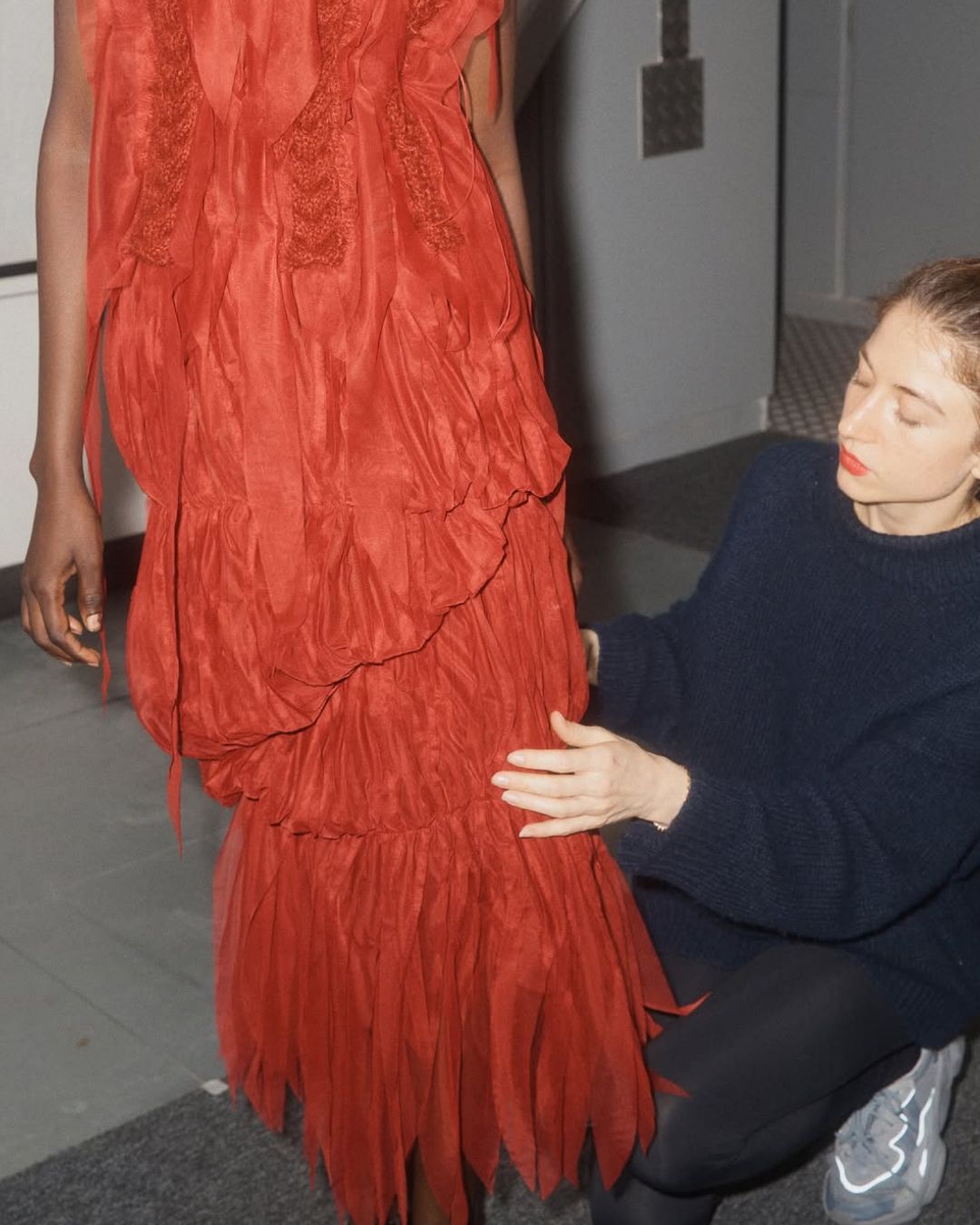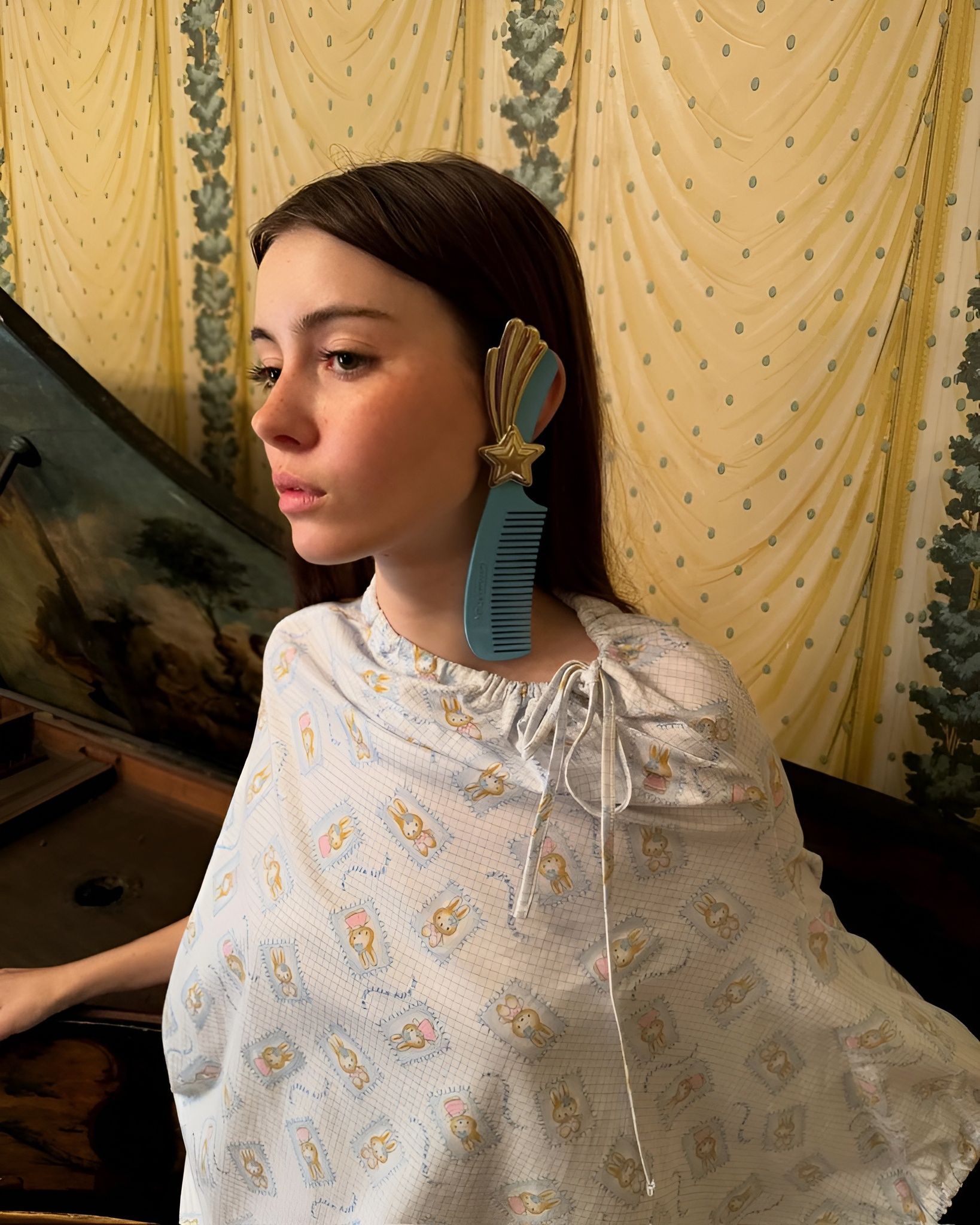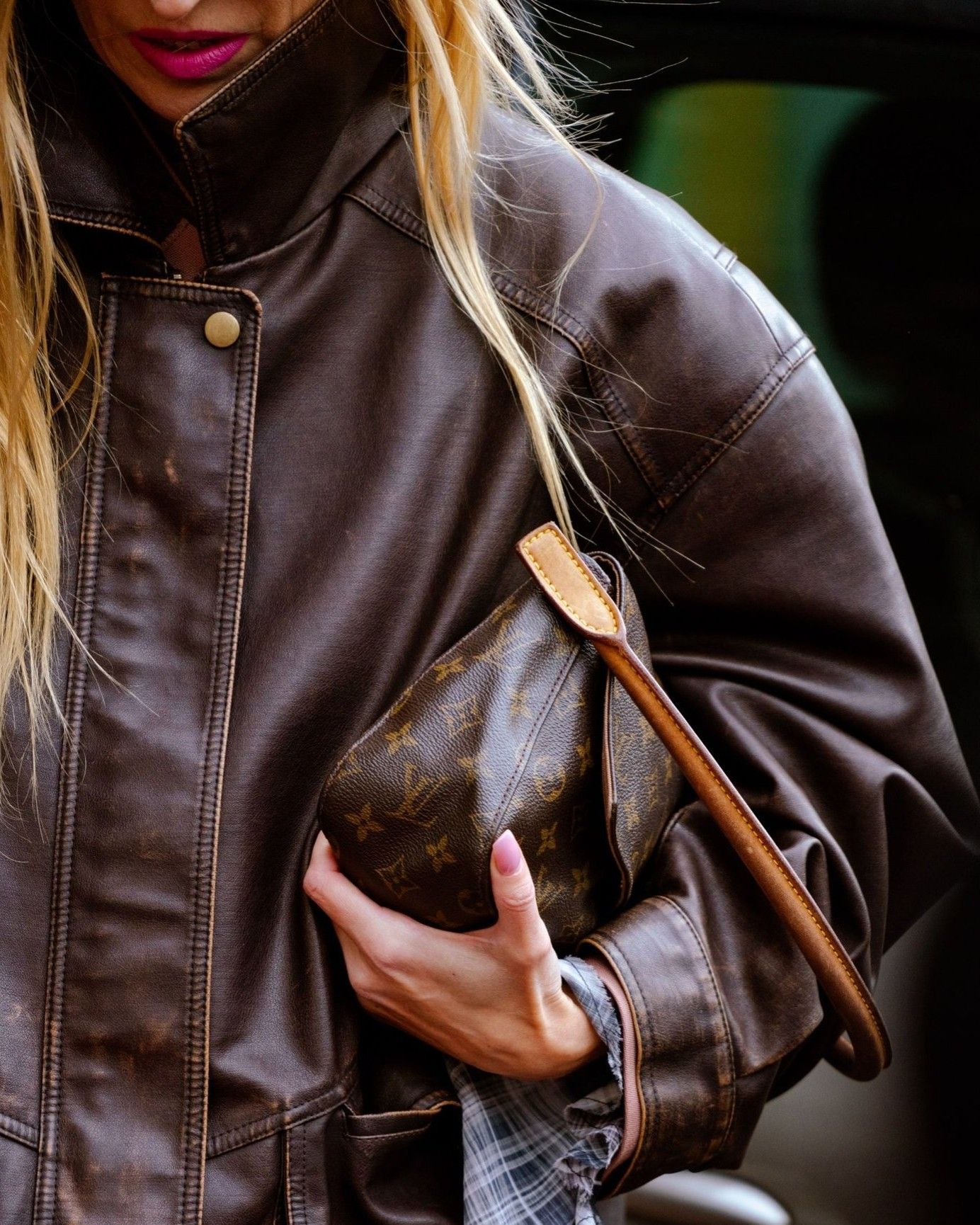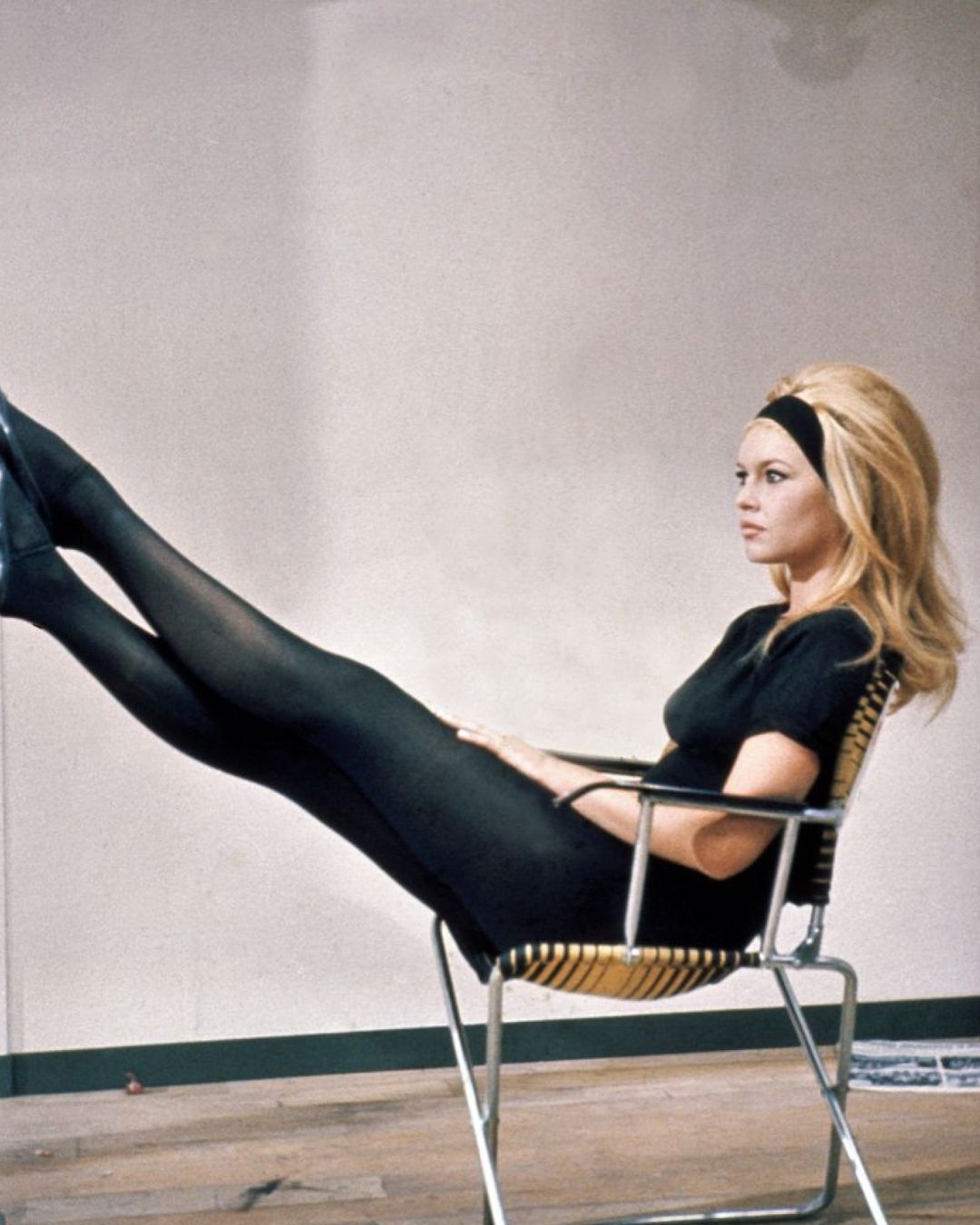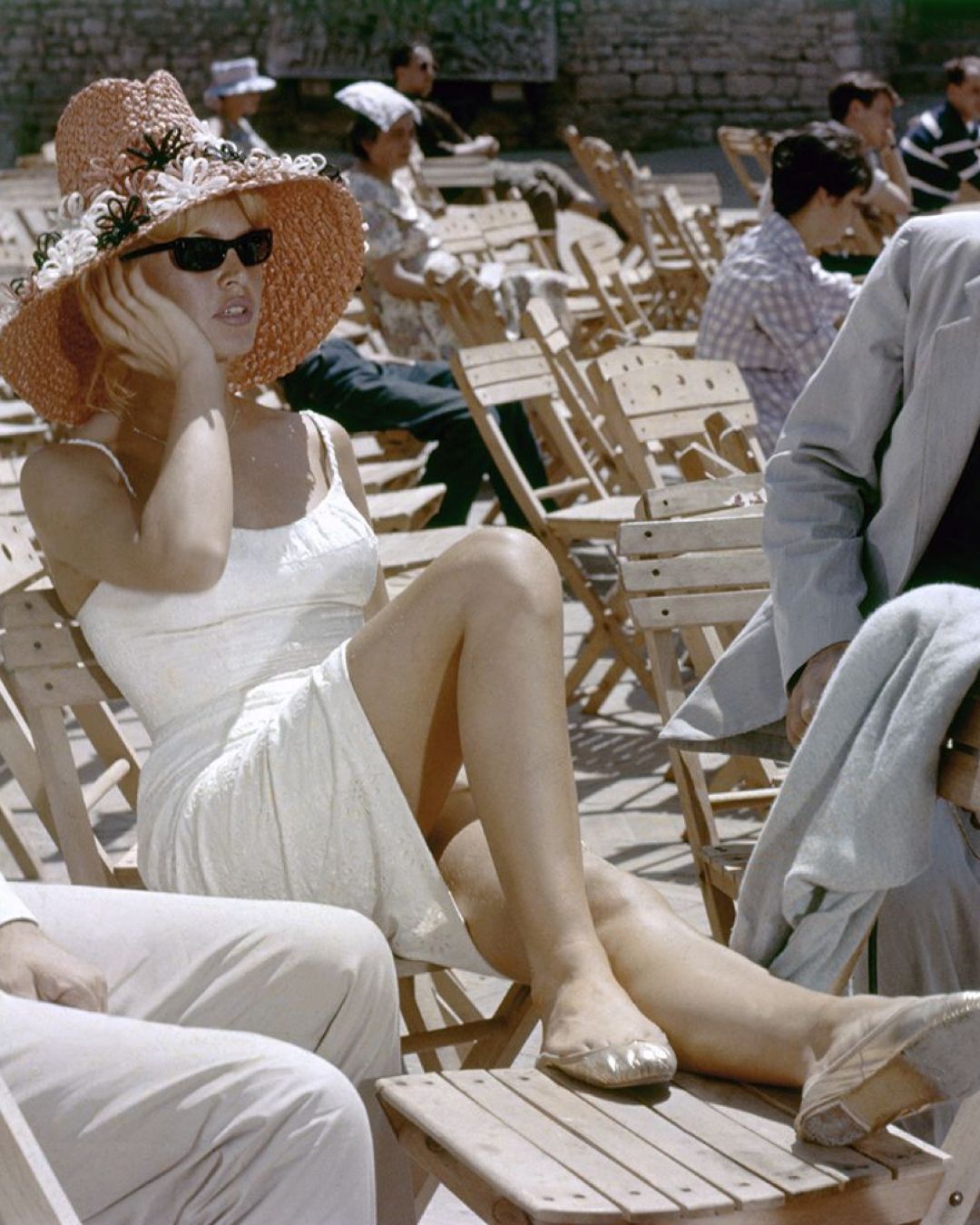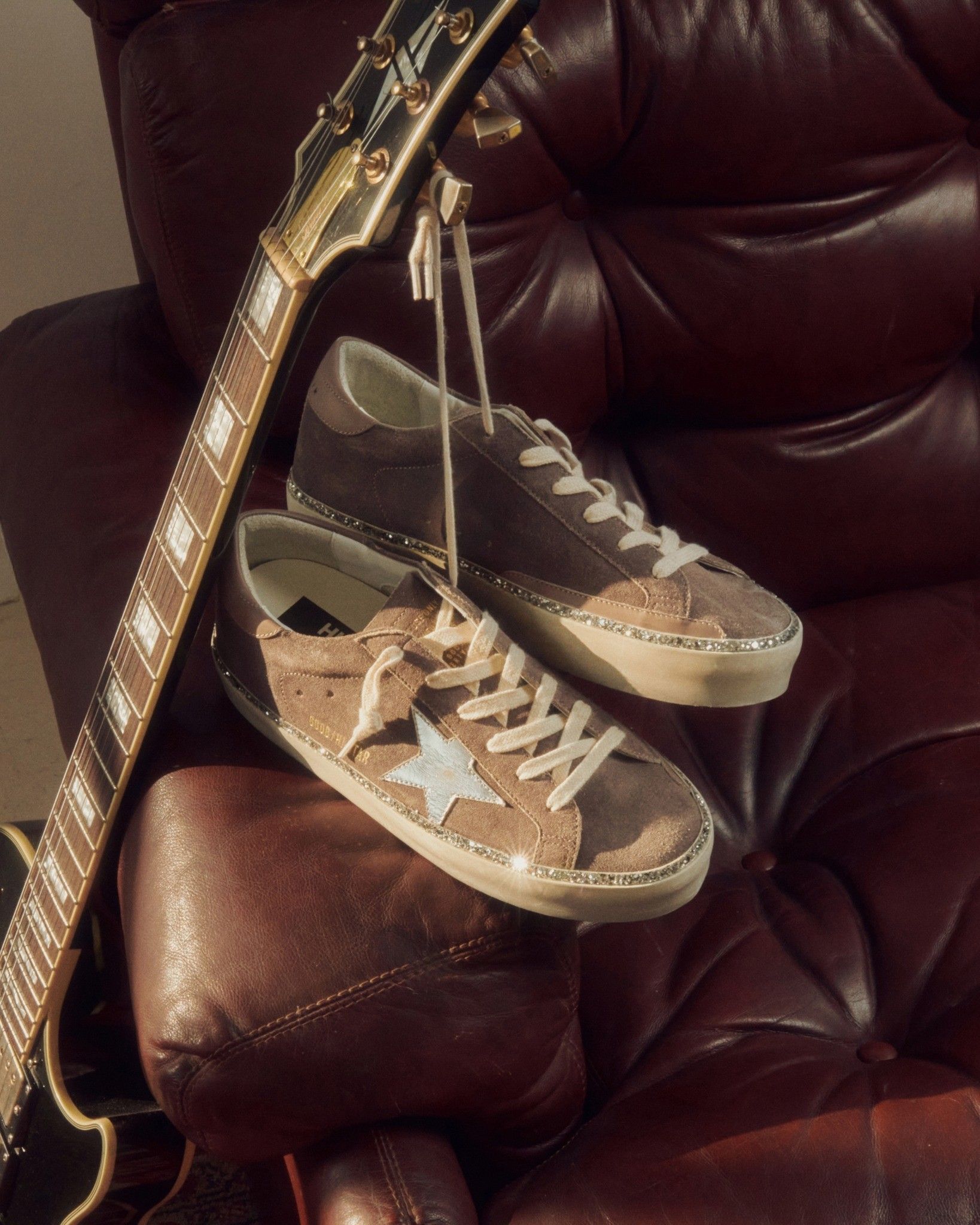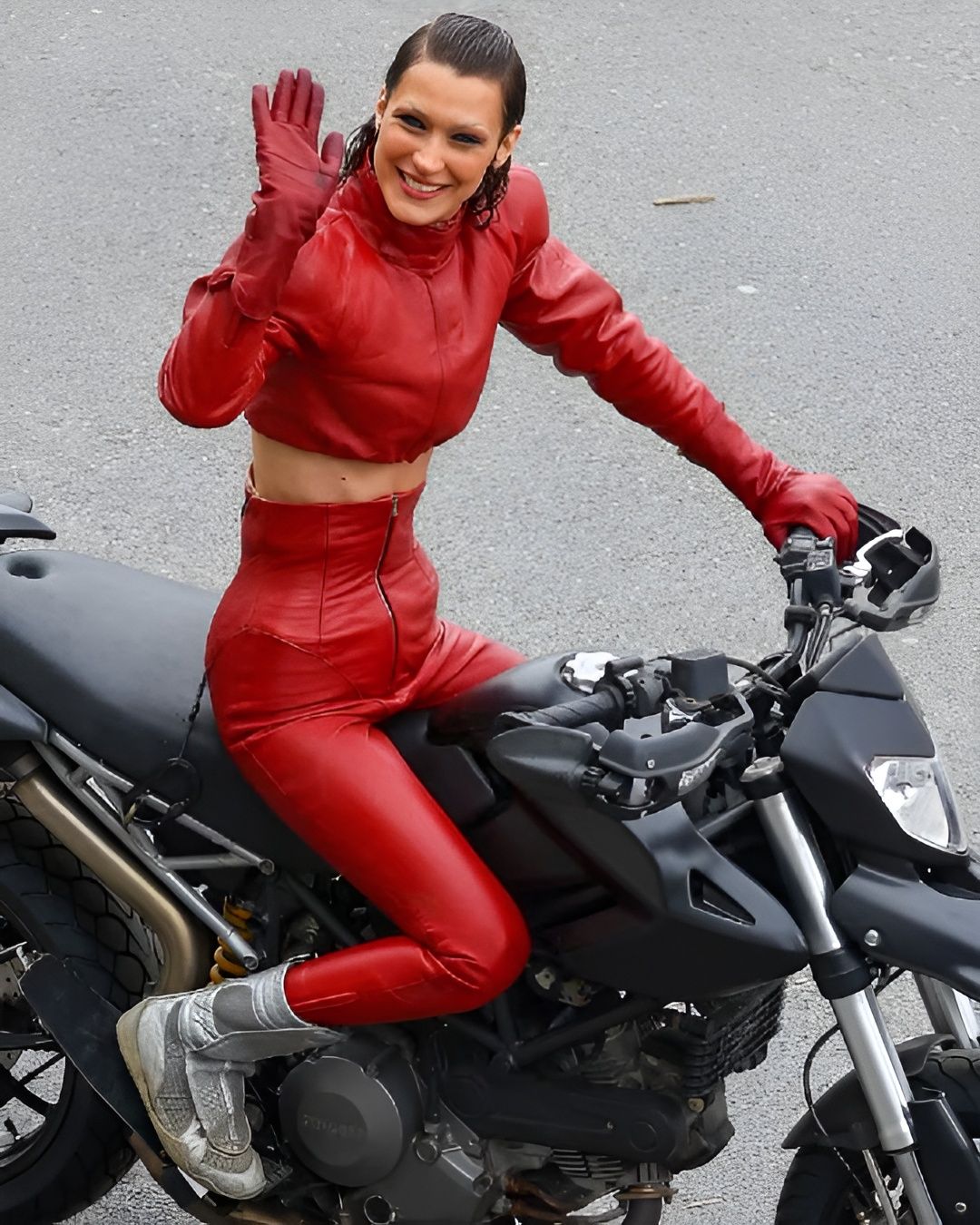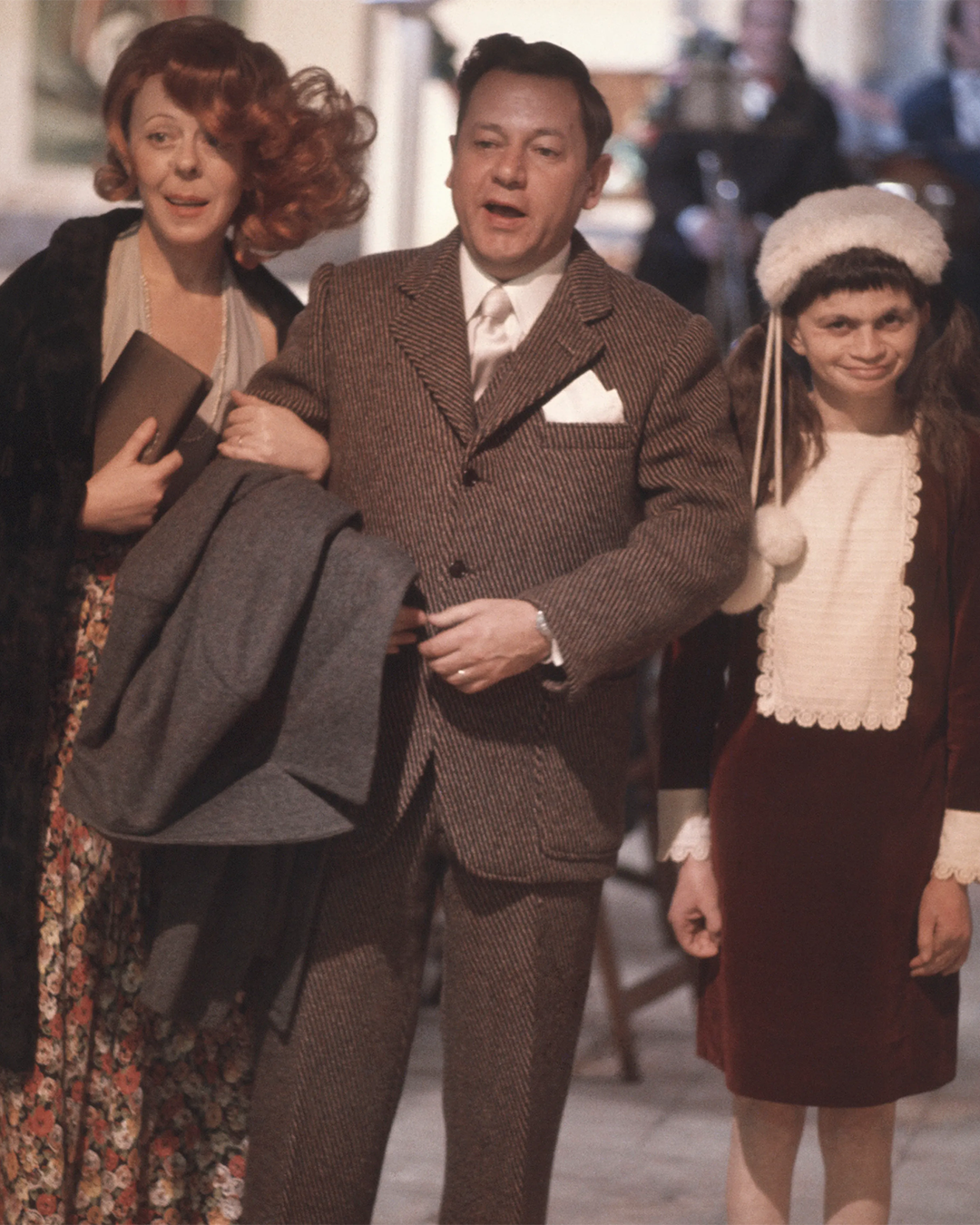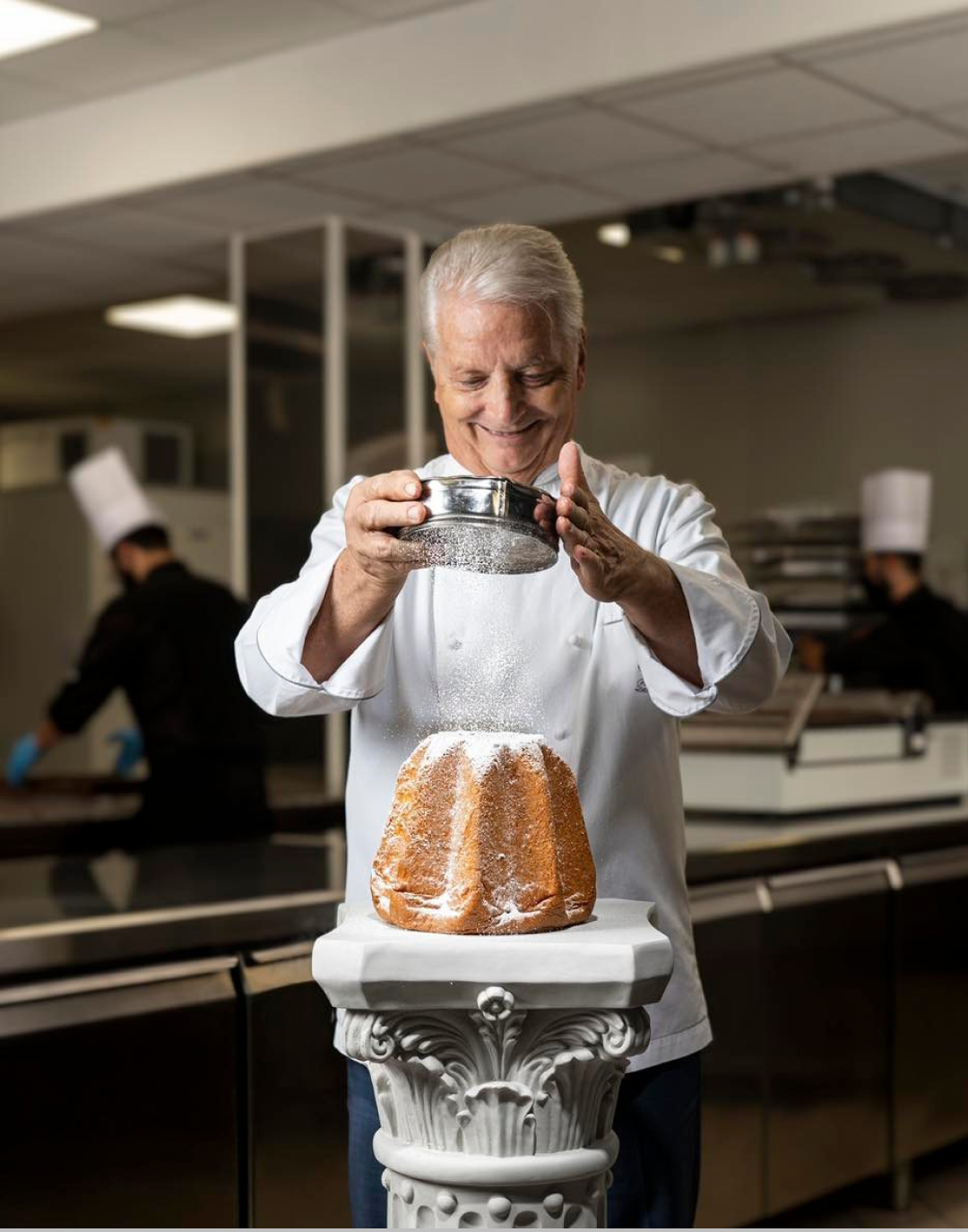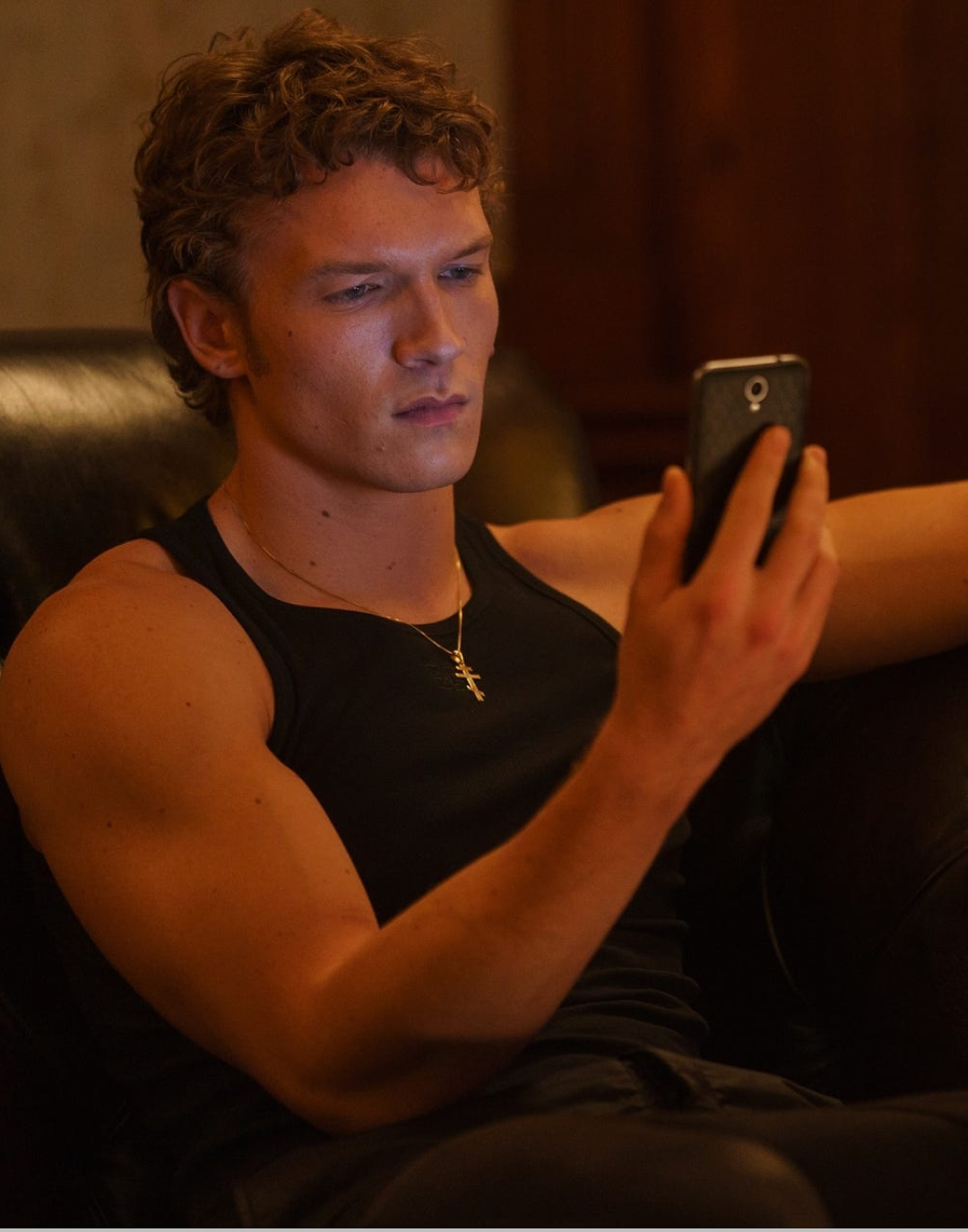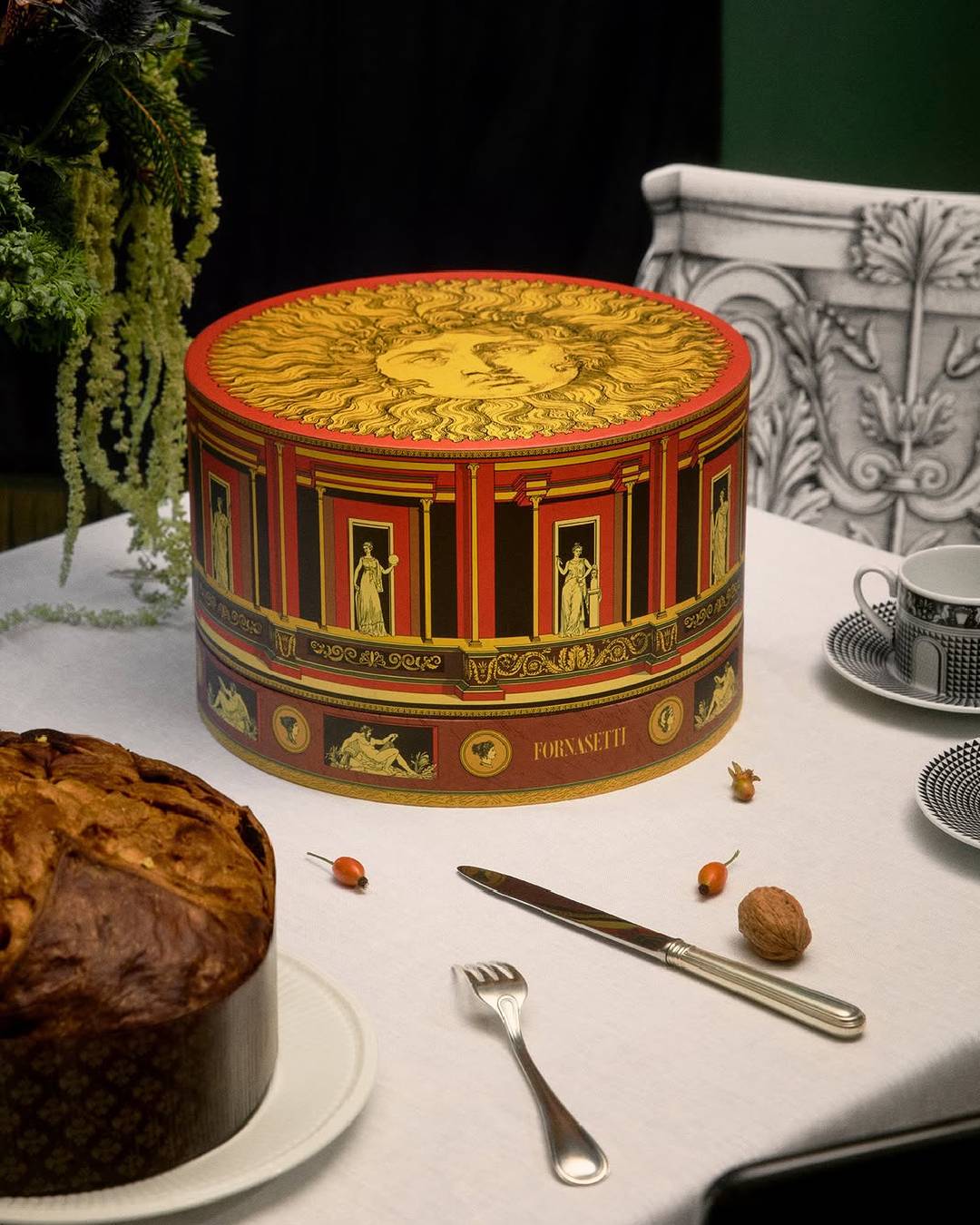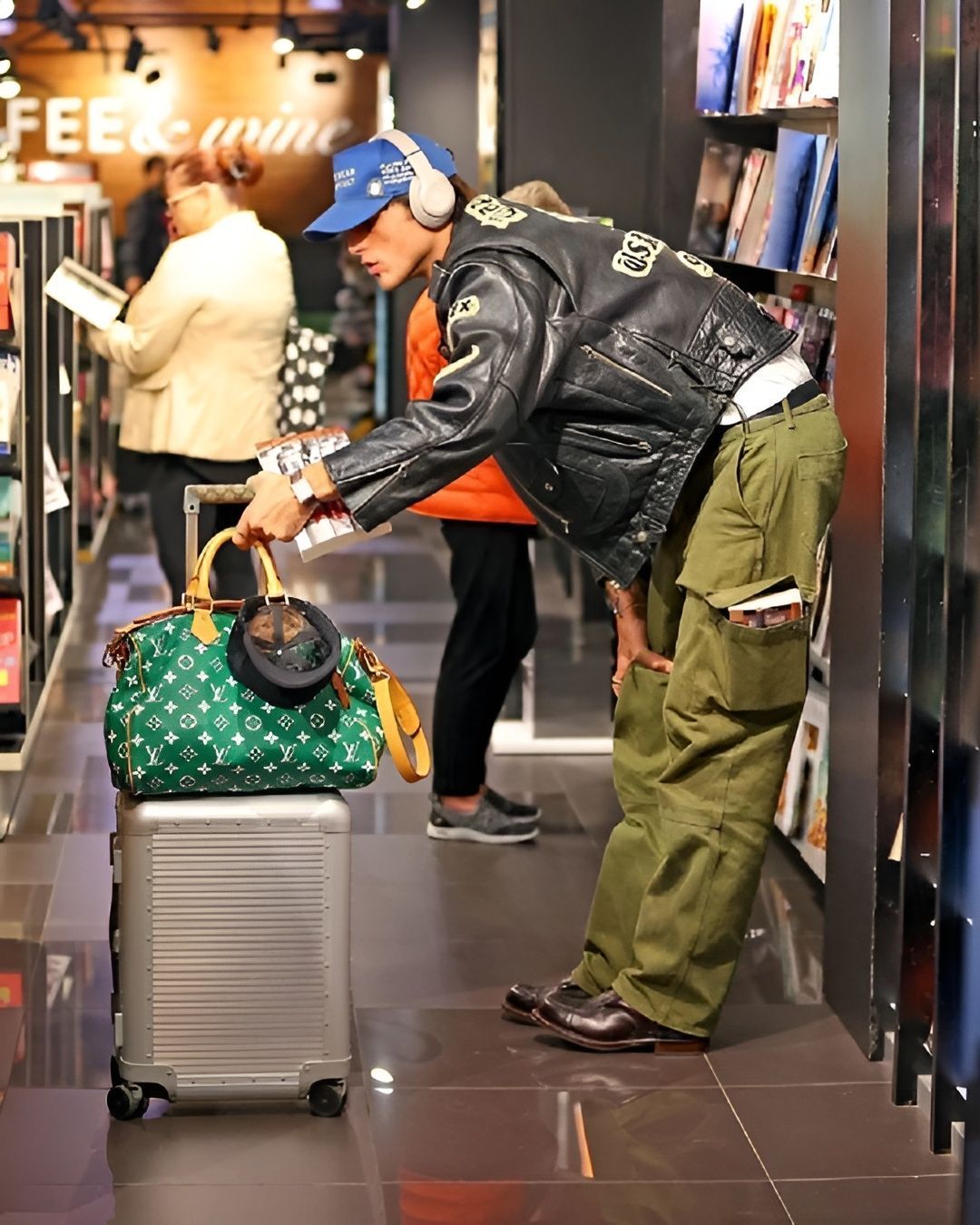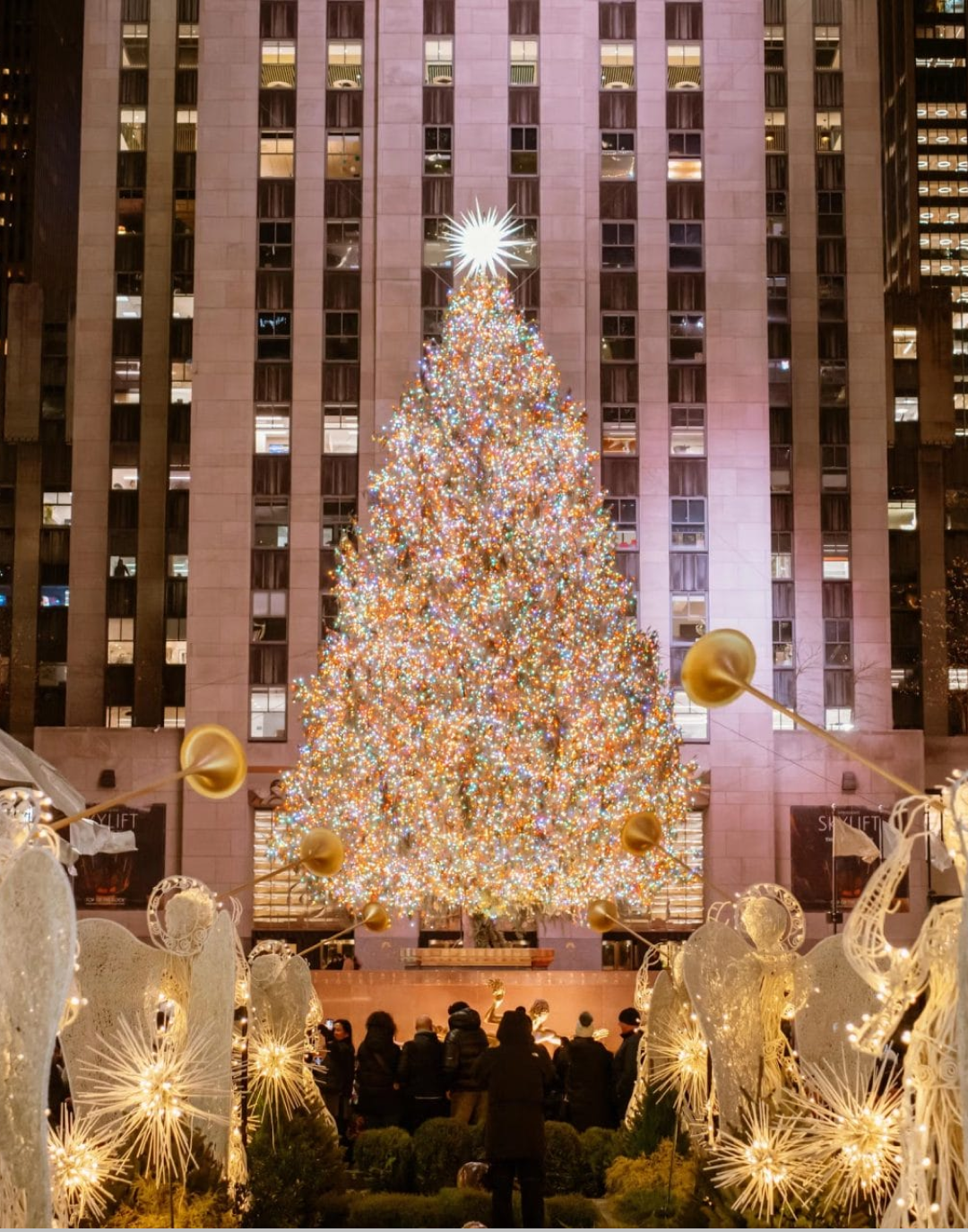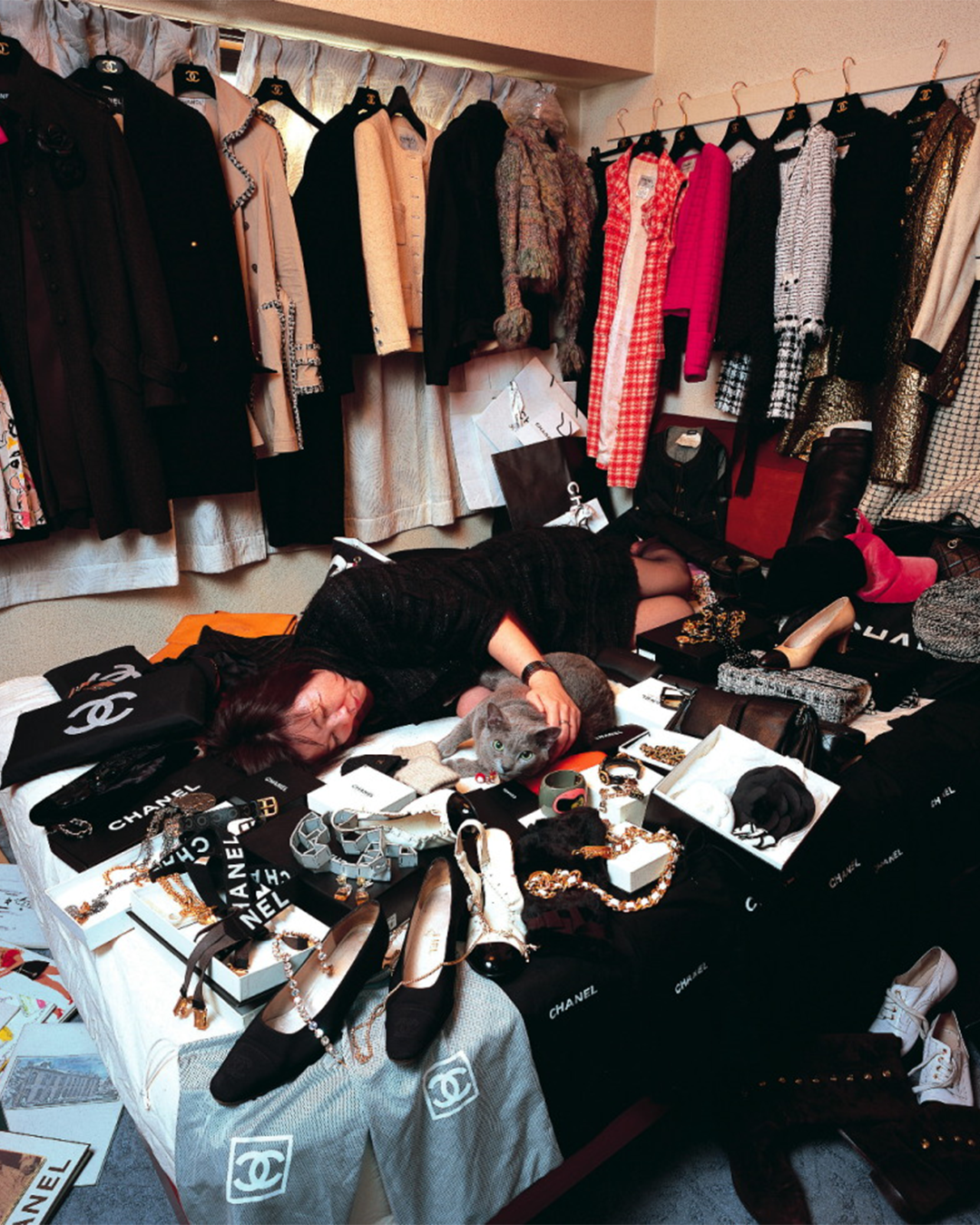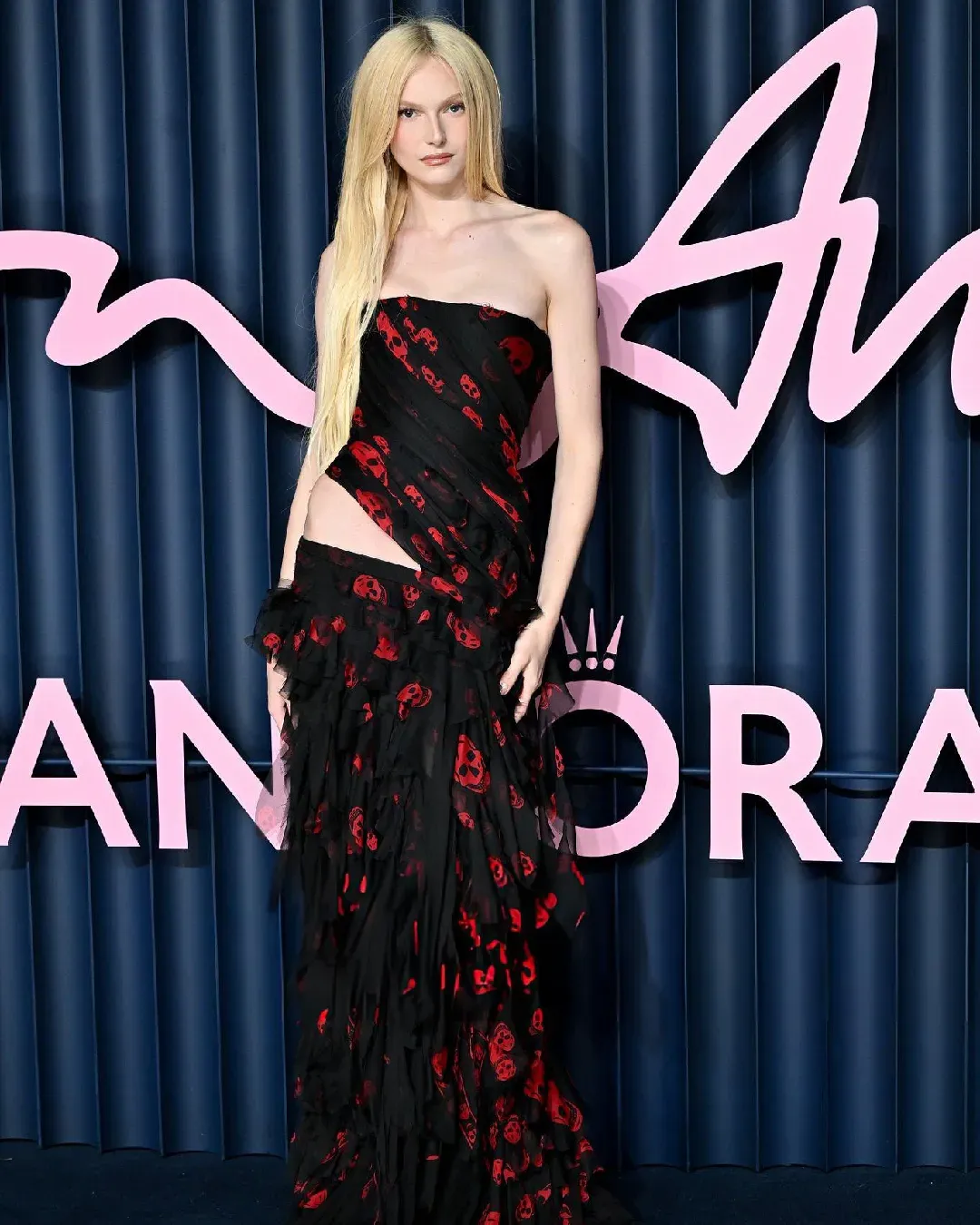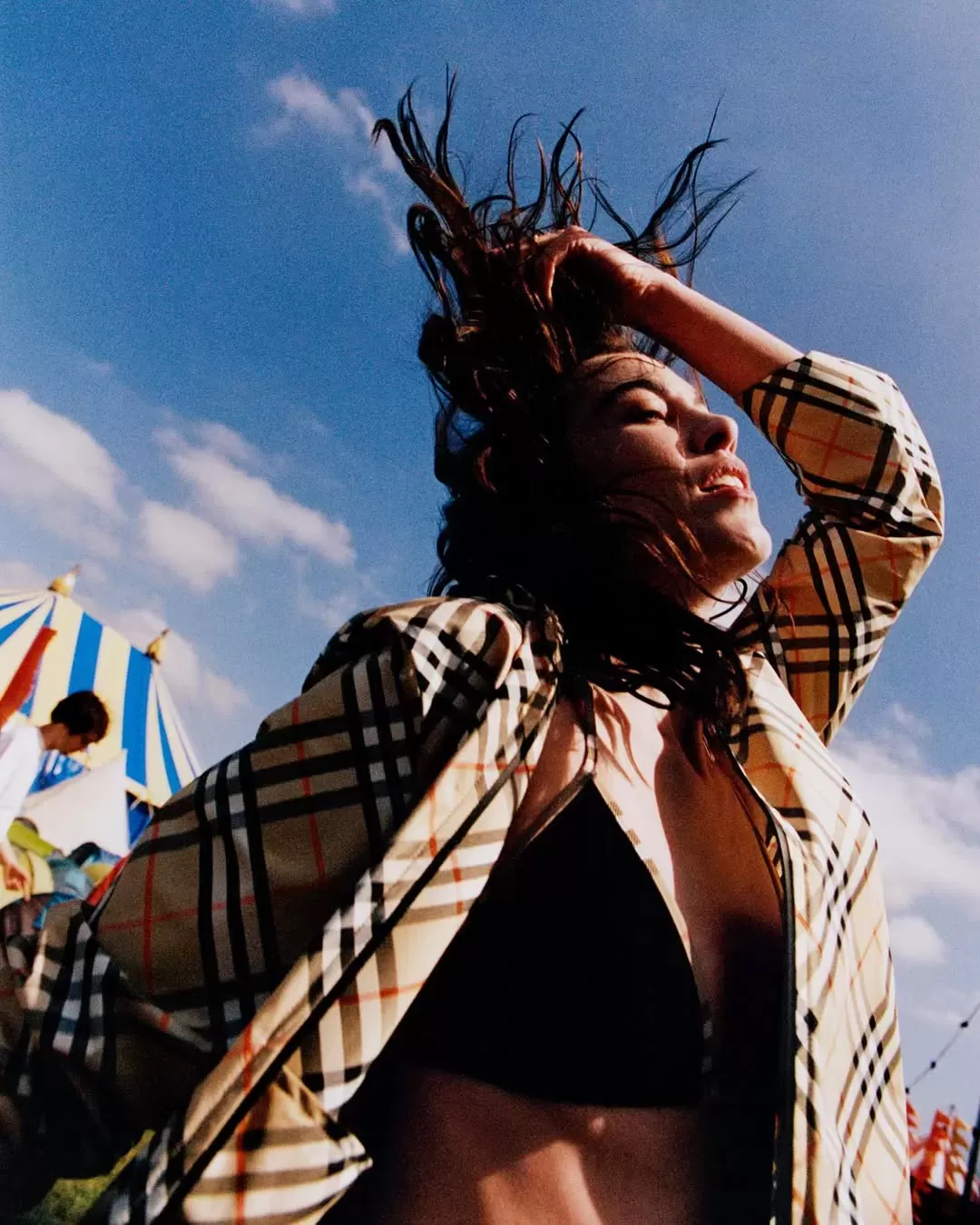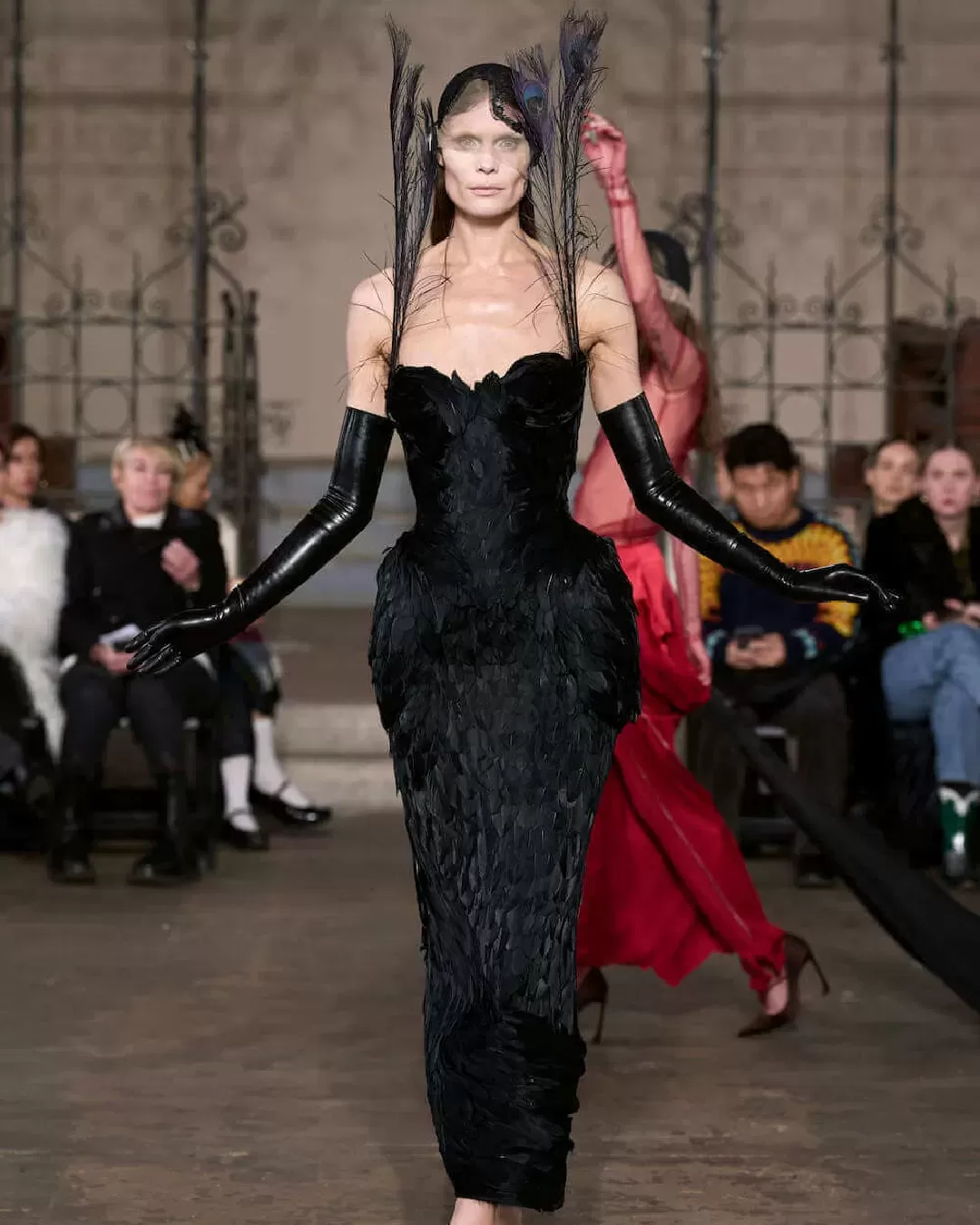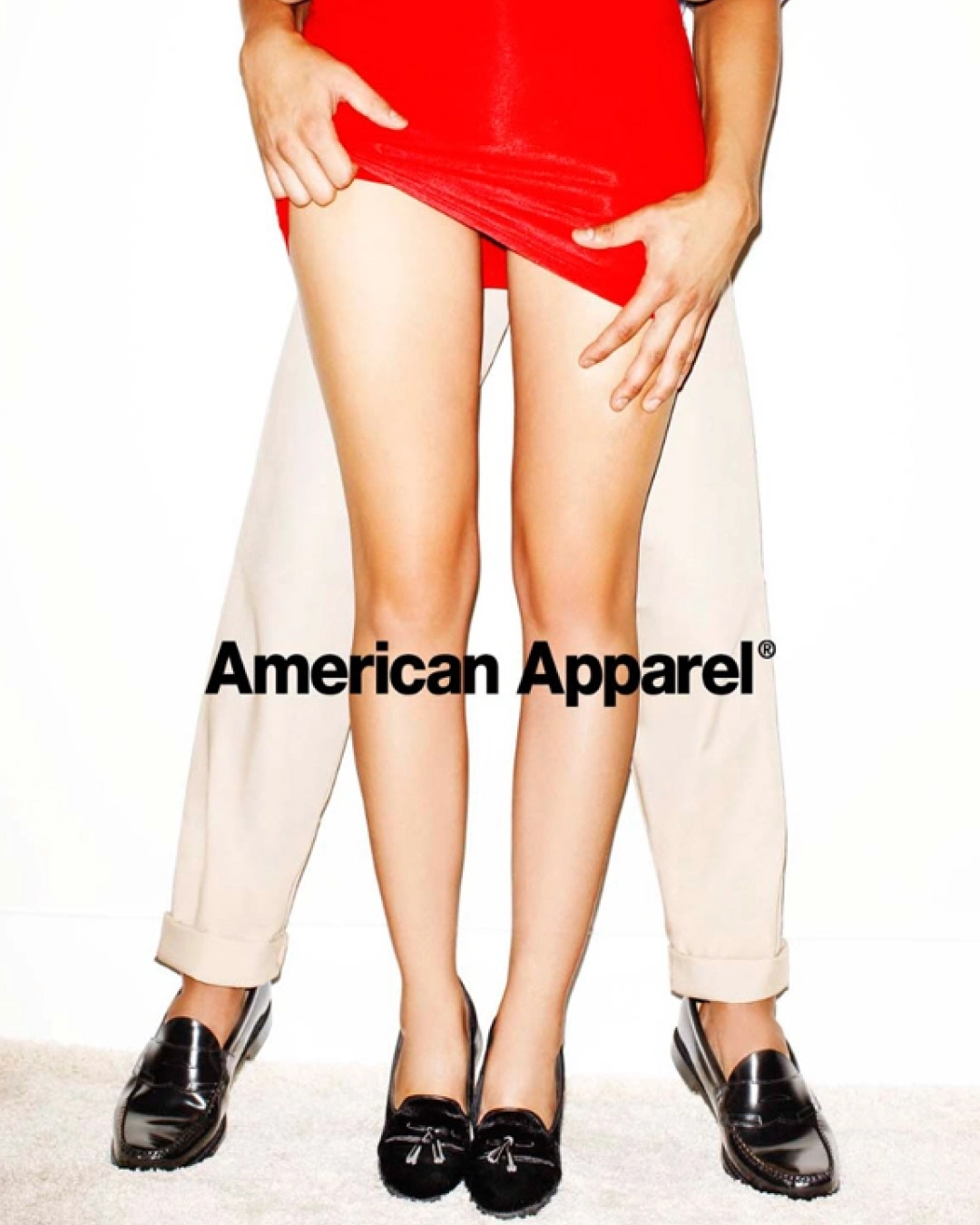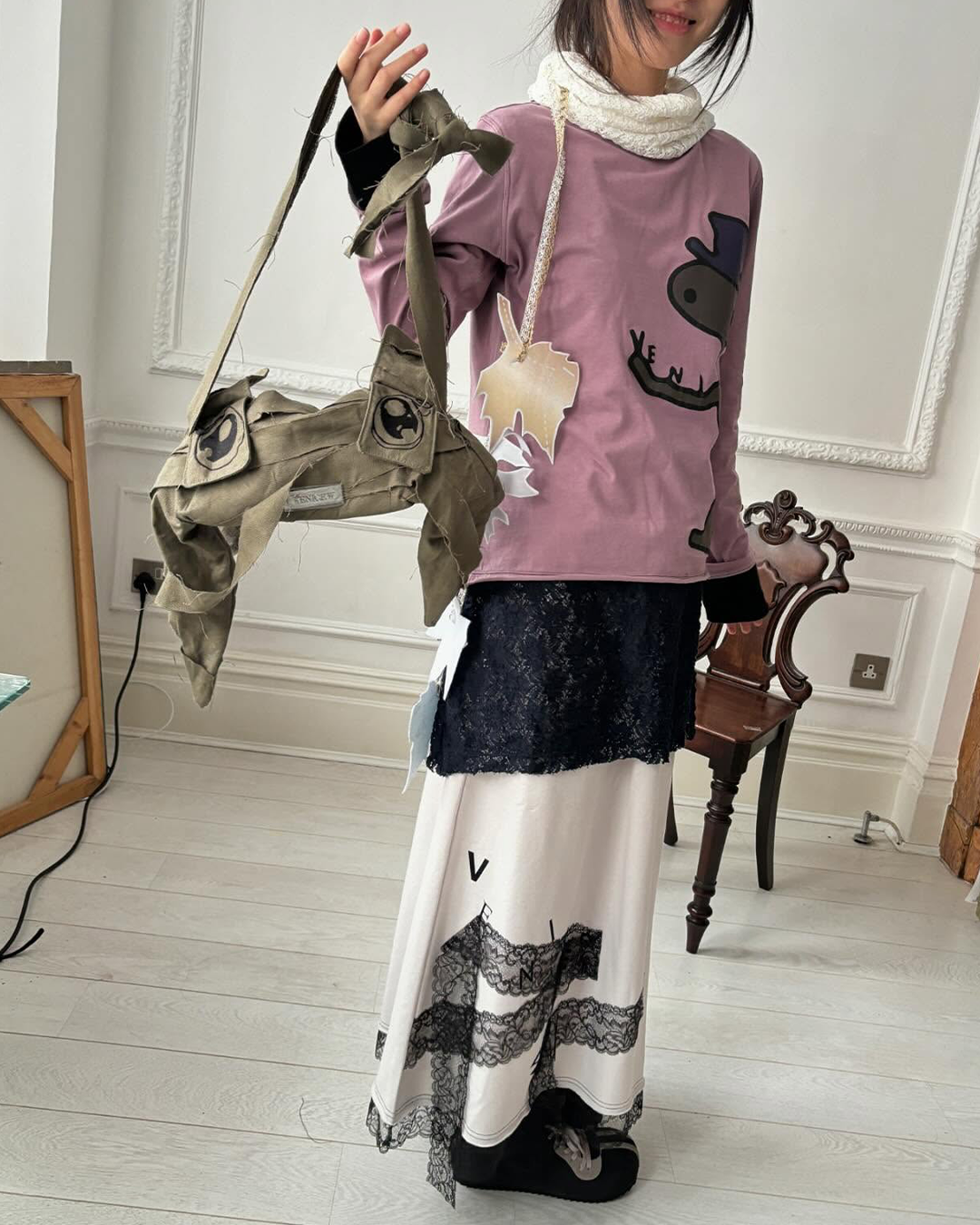
Does hyper-nostalgia in fashion stall creativity? The example of four emerging brands that challenge convention
More and more collections today start from second-hand garments, from archive research, from flea markets, or shops that gather significant objects from brands and creative directors who have left their mark on the history of contemporary fashion. Perhaps it is time to make the opposite effort: freeing ourselves from nostalgia. It is true that studying the past is fundamental, and valuing second-hand is useful, but if every new project starts from something old, then the risk is remaining trapped in an aesthetic spiral that is reassuring but sterile. Recently, Harper's Bazaar pointed out that «we have reached the peak of nostalgia in fashion». Indeed, for many collections and projects, hyper-nostalgia is no longer a critical homage but has become the standard. It’s not a matter of choosing between memory and innovation, but of understanding that the obsession with archives is draining creative momentum. Now more than ever, the fashion system needs uncertain, fragile, experimental visions. Ones that start from the manipulation of materials to achieve uniqueness and attempt to construct a language through personal references, to raise questions instead of trying to give insignificant answers, which are of little use in a situation where luxury struggles to move forward. Nevertheless, in such a complex context, there is no shortage of realities fighting with highly personal visions and narratives.
The cases of these brands are examples where constructive ingenuity and personal storytelling come together to foster the creation of collections with a distinct voice. Without having to recreate the garments of the masters of the recent past, as happens with all the major luxury brands. Perhaps it’s an age factor – since the designers listed were born between the late '80s and early '90s – or perhaps it's the socio-cultural context in which they grew up. Maybe some are still a bit too green, but today’s greatest challenge is learning to believe in others and to build relationships, exchanges, and communities. Because only real, horizontal communities can support the idea of independent fashion. And because fashion needs, now more than ever, everything that does not yet exist.
Puppets and Puppets
Since their first New York presentation for SS20, Puppets and Puppets has carved an indelible niche for the most demanding palates. Even without knowing its story, one could clearly perceive a background not directly linked to fashion schools but to the visual arts. Indeed, Carly Mark, born in 1988 and recently having moved her studio from New York to Paris, is perhaps first and foremost an artist. Her world — and I emphasize her — where traces of a highly personal way of seeing and interpreting the contemporary world can be found through the conscious use of everyday objects and materials, perfectly embodies the spirit we seek here. A surrealist attitude was missing in contemporary fashion, where irony is central, and the silhouettes speak more of a way of feeling and expressing oneself than of extreme construction techniques, which support the narrative and help one feel part of this world. Accessories certainly dominate her language, and this, beyond being a powerful statement at a time when everyone wants to do everything, is an intelligent strategy to position herself and carve out a niche. Unfortunately, despite its popularity, the brand fell victim to the fashion crisis: it remains open but has moved to London, downsized its team, and now focuses exclusively on accessories.
Camiel Fortgens
Camiel Fortgens is a rare success story made of intelligence, radicalism, and taste. In fact, the brand is very successful, especially in the Japanese market. It has also put Amsterdam back on the map for conceptual fashion with a reality that celebrated its tenth anniversary last year. He debuted in 2015 during Amsterdam Fashion Week and amazed everyone. His work started from the desire to create clothes without the obligation to follow technical dictates, mainly because at the beginning Camiel didn’t know them, coming from a background at the Design Academy Eindhoven in the Identity department. Choosing to create an outfit as a project proved to be a winning move. Now Camiel and his team use that seemingly wrong language — with external seams, unfinished hems, and loose threads — to bring new questions to fashion. Today, the brand continues to thrive and has a strong team in the Dutch capital, never succumbing to the glossy dynamics that the system often demands. Long live this reality, which has also been collaborating for a long time with Oficina Gabardine Studio, which for many years has silently supported some of the best European designers.
VeniceW
VeniceW is the project of the talented Venice Wanakornkul, now based in London. From her very first projects, skillfully showcased through her Instagram profile, the Bangkok-born designer has invited many visitors to explore her world made of handkerchiefs, a love for paper, and patterns that converse with digital media. A world of symbols she created herself, like her obsession with pigeons — before JW — but told in her own way, through an initially digital lens. To understand her work, we should all carefully study and rewatch her final graduation show at Parsons New York in 2018. After working at Ashley Williams, Yang Li, Telfar, and Eckhaus Latta, she presented City That$new zZ ZeALot!, a collection narrating how garments, through the folds and stresses they endure throughout the day, can transform to simultaneously capture our bodily needs and the anxieties of the cities we inhabit. A poetics of humanizing objects that she continues to carry into all her collections, which you can also explore at her physical appointment-only space in the UK.
Niccolò Pasqualetti
We conclude with a homegrown name, Niccolò Pasqualetti, born in 1994. After studying first at IUAV in Venice and then at Central Saint Martins in London, he launched his eponymous brand in 2021. His language is developed through an Italian attention and knowledge of materials — in fact, his atelier is based in Italy, even though he has been presenting his collections in Paris for several seasons. His work is already highly recognizable and sought after by the most important showcases worldwide, and press attention has come in droves in recent years. It had been a long time since we had seen such meticulous work on form combined with a strong ethic regarding chosen materials and manufacturing processes, yet without making "sustainability" or "responsibility" a brand statement. In true contemporary spirit, Niccolò takes these elements for granted and has a deep knowledge of Italian production realities. With one foot firmly in Italy and the other in the world, he makes us proud of a creativity that seemed to have disappeared.


